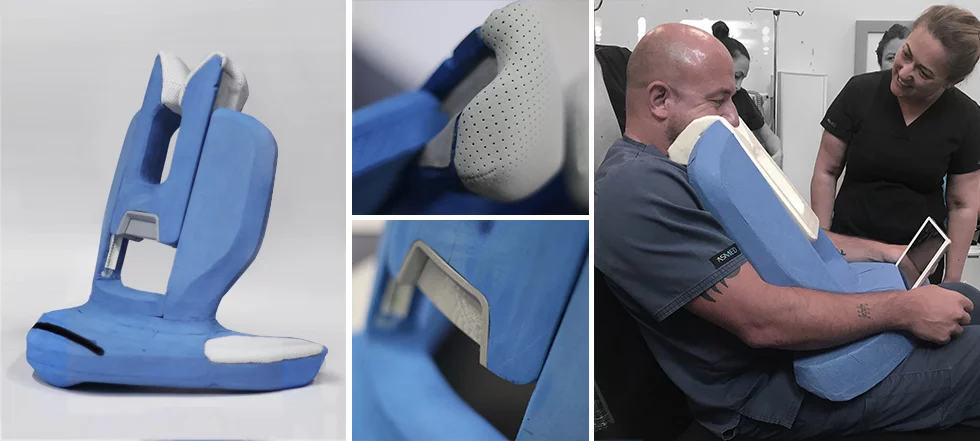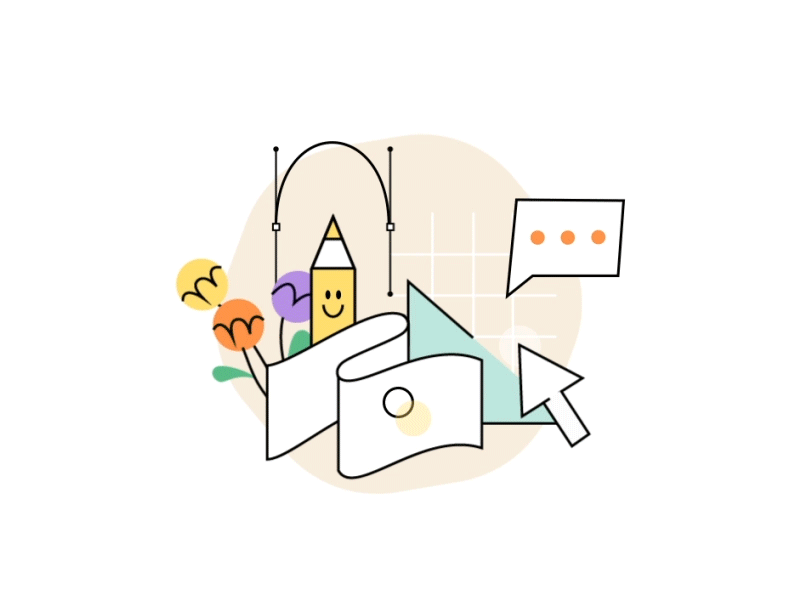User experience (UX) design aims that products or services provide a meaningful experience for users. In this direction, designers take on a big responsibility. Experiencing the product in many respects, including usability and functionality, falls within the scope of design. Interaction interfaces on digital platforms such as websites and applications, as well as the relationship between the usage scenarios and physical forms of the objects we use in daily life, are designed to shape the user experience. As Arman Design, we hold user experience in high regard. Here you can see Ke-Rest, one of our projects which improves the efficiency and comfort during the hair transplantation procedure.
What is User Experience Design (UX Design)?

What is User Experience (UX)?
User experience signifies a person’s overall experience using a product. It aims a pleasant, smooth and easy use of that product. This is why UX designers should carefully and comprehensively look for answers to “what?”, “why?”, and “how?”. Thinking about which product will be used how it will be used are key ways to create an effective experience. It is necessary to clearly define the task that the product aims to perform and to understand the motivations for using the product correctly. In line with these criteria, the link between the product and the user will become more evident.
There might be various reasons why the user will use a product. These reasons might include many factors, from the product’s appearance to the values it represents. The benefits of a product would point out its functionality. The designers who find an answer to “why?” start to search for an answer to “how?” in order to provide a meaningful experience to users. Subsequently, the designers evaluate all options to provide a continuous and smooth experience. Thus, the design of the product or service is optimized in terms of both aesthetics and accessibility.
User-Centered Design
The user experience (UX) generally covers the user journey from the beginning to the end. This makes this field interdisciplinary. Many disciplines including but not limited to visual design, programming, and psychology influence the UX design. It is key for the designers to act by putting themselves in the users’ shoes. On this point, it is necessary to pay attention to the physical limitations of the potential user and to think comprehensively in terms of accessibility. It is equally important to conduct user research correctly, as well as to create prototypes and properly evaluate prototype tests. In this process, designers should become advocates of user experience and put the needs of users at the center of the design development process. Therefore, it would be correct to say that UX designers adopt a user-centered design approach. The designs that best meet the needs of users show high performance in terms of user experience.
The Wide Meaning of User Experience
As one of the leading names in design, Don Norman explains how the meaning of user experience has narrowed semantically over the years and turned to a concept to be used only in web or app design. However, as the person who coined the term “user experience” in design, Norman states that UX is much more comprehensive than that. According to Norman, user design involves any interaction of a person with the product, whether this interaction is remote or close. User experience subsumes the way that the user notices a product in an aisle and buys it, tries to fit the product box in a car, or thinks and talks about the product at home or even when they visit a friend. Of course, user experience should still be used in website or app design, but it shouldn’t be limited to just that. As Norman concisely explains it, user design (UX) is synonymous with how the user experiences the world and their life.
As Dan Norman mentions in his TEDTalk “3 Ways Good Design Makes You Happy”, designs that look nice and make us happy when we use work better. A good design not only makes the user feel good but then it makes the user feel comfortable and get more creative. A good design intelligently plays with the emotions of the user and meets the user expectations. In short, designing the user experience means thinking and planning comprehensively on every interaction of the user with the product.
New Trend in User Experience Design: Phygital
Today, there is a new concept that cares about the user experience, and that is phygital design. This portmanteau word, which combines “physical” and “digital” together, aims to unite these two worlds and connect users with a company or brand in the best way. As mentioned in the KaleTalks program where Murat Armağan, Founder and General Manager of Arman Design, was a guest, digital channels are increasingly used day by day. The coronavirus pandemic, a significant event in the whole world, also increased this use. For example, we now have online meetings, as well as more employees working from home. However, this does not mean that the need for the ‘physical’ is eliminated. Therefore, a bridge between the two concepts would enable users to get the most out of a product or service.
Examples of Great UX Designs
Successful user experience designs ensure that interactions with the product or service are smooth and continuous. For example, designs that automate certain tasks on behalf of the user will facilitate and thus speed up the user’s workload. Designs that provide safety are as important for user experience as designs that increase efficiency. In this regard, an elevator that does not close the door when a person is standing on the threshold is a great example. On the other hand, it is also important that the design makes an emotional impression. Even a business card design would make an impression on others. Unbalanced and primitive-looking designs would be discouraging and will make people feel uneasy.
In short, UX Design, or, user experience design should be:
- Useful: The design should be original and meet the user’s need.
- Useable: The product (digital and /or physical) should be easy to use.
- Compatible and Attractive: Design elements should fully reflect the brand identity and brand values. They should also evoke the desired feelings on users.
- Easily Accessible: The design should be carried out with a comprehensive approach and should be easily available to all segments of society.
- Safe: Users should not have any doubts about the product or service. They should always feel secure.

Anything that affects a user’s interaction with the product may fall within the scope of the user experience (UX).
- Emotions come into play when it comes to user experience. Therefore, it is very important for the designer to approach with empathy. Experience is personal. This is why it is necessary to act with precision in designing the user’s experience.
- UX is highly dependent on product usage, as well as the product’s environment, general conditions, and other factors. And all these factors are subject to change. Therefore, it is necessary to approach the user experience dynamically. Users may have different expectations when a new product enters the market. However, as users become more familiar with the product, their reactions can become even more positive. Therefore, considering UX as a holistic process will yield healthy results.
- The user experience varies in the context of the product’s use. This is why designers have to act with extensive thinking. In time, the role of the product in the lives of users should be understood.
 Primitive Use of Artificial Intelligence: A Look from Past to Present
Primitive Use of Artificial Intelligence: A Look from Past to Present  The Future of Medical Design
The Future of Medical Design  A Night Full of Prizes: Celebrating 4 Wins at iF Design Awards 2023
A Night Full of Prizes: Celebrating 4 Wins at iF Design Awards 2023